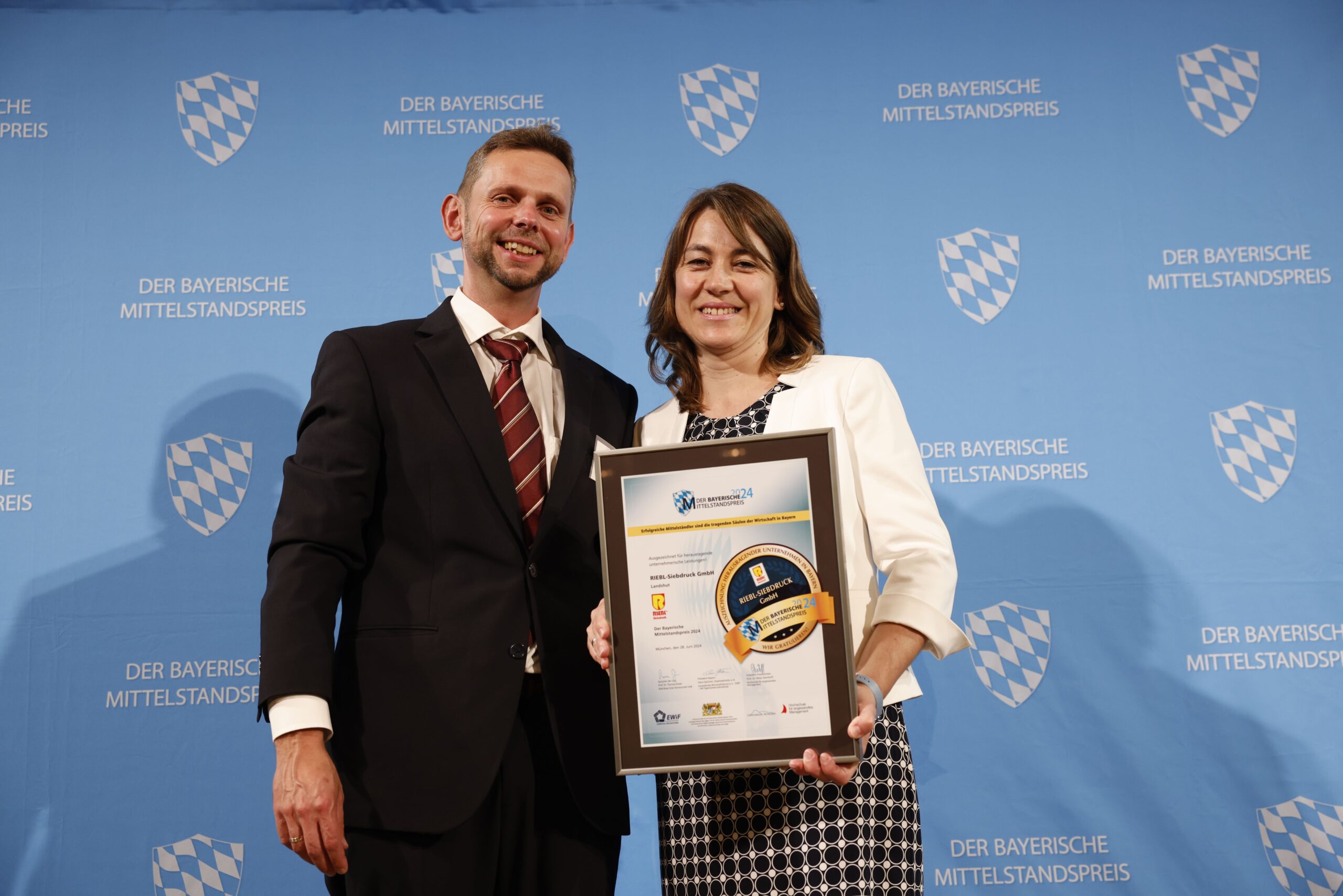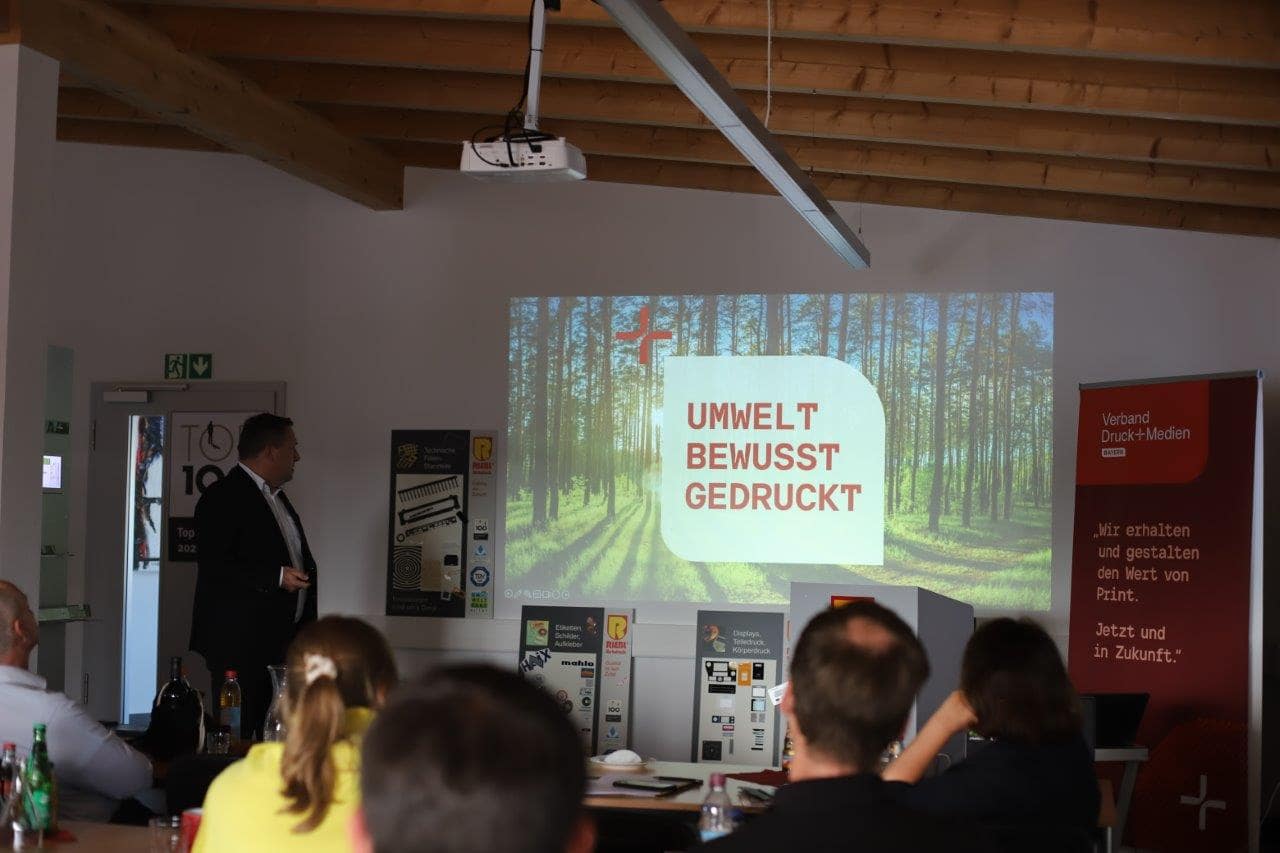
Technical screen printing
Adhesive screen printing
Rationalization and resource-efficient use through "screen-printable adhesive tapes"... the sustainable alternative to transfer adhesive tapes
Self-adhesive materials produced using the screen printing process are increasingly being used in industrial applications.
The possibility of partially coating materials with adhesive is used wherever adhesive tapes were previously used or where transfer adhesive tapes are difficult to apply due to manufacturing constraints or the shape of the material. In addition to generally lower process costs, screen printing adhesives also have a more sustainable and resource-efficient impact. In many cases, the adhesive material can be used with almost no waste. On the other hand, with transfer adhesive tapes, it is possible that in some cases, over 90% of the starting material is discarded as waste. For example, when larger frames are cut out for display ads.
We mainly use dispersion-based acrylic adhesives for screen printing and cover the adhesive layer with silicone paper or silicone-coated polyester film. This full-surface covering also protects adhesive-free and sensitive areas, such as display windows, from dirt and scratches. Screen printing adhesives offer flexibility in processing, positioning, and layer thickness.



